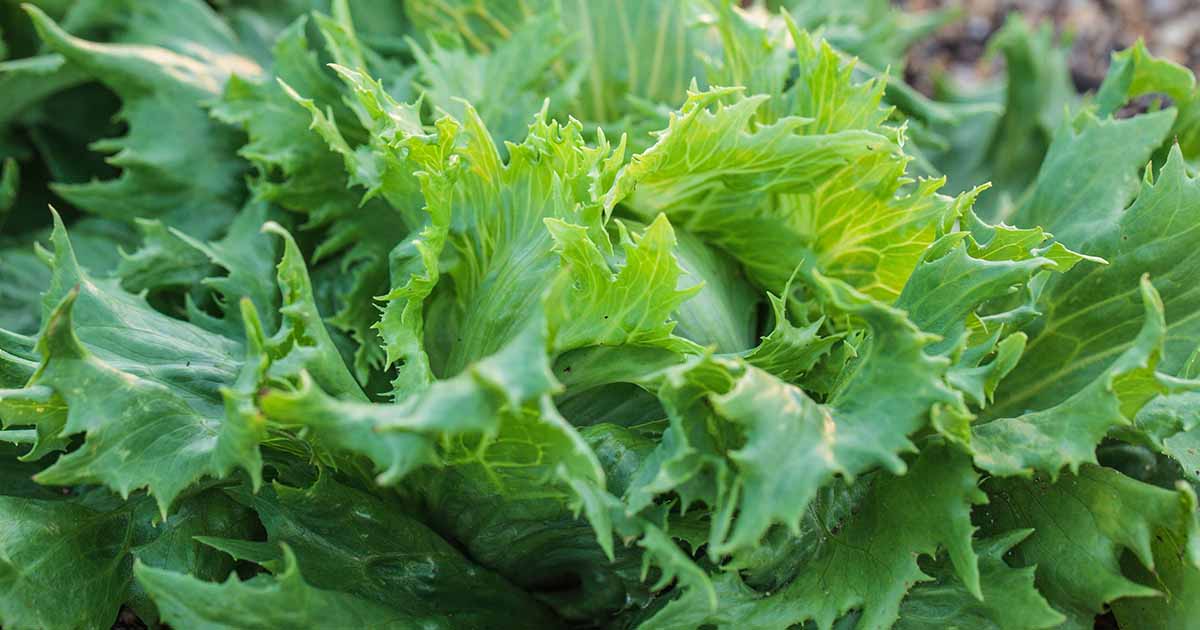There is no set type for the shape of a bearing Apple tree, because, depending upon variety, the younger trees will vary from growing erect and slender to open and spreading. Eventually, as the tree matures, it will develop into a fine spreading type. Observe your particular tree and if it is of the narrow erect type, according to its initial growth, make your pruning cuts just above buds, which are pointed away from the center of the tree. If your variety of Apple is of the spreading type make the cuts above buds pointed toward the center of the tree. The time for pruning is during the winter months.![]()
All Apples produce their fruit on “spurs,” which are formed on the branches one-year-old or more, usually in the lower portion of these branches. These “spurs” are developed from the short lateral growths that vary in length from one to three inches. After they have definitely formed, they can be recognized by their thick stubby appearance. The spurs produce blossoms and fruit year after year and should be saved wherever possible.
When pruning the Apple tree, first cut out any dead or deceased branches, being careful to make cuts close to the main branch, without leaving any stub. This is very important because all apples are quite susceptible to rot, which can easily start in a stub which is left long enough to die back, rather than heal over with bark and new wood growth.
Second, cut away any interfering wood, or branches that are rubbing against one another or that have come down too close to the ground and hinder cultivation.
Third, cut out sufficient of the last year’s branch growth to evenly space all branches, allowing even sunlight penetration throughout the treetop. In doing this cutting, be careful to leave all established fruit spurs and those small lateral bud developments that are to be future fruit spurs.
If the tree is making normally rapid growth, especially a young tree, the new branch growth must be cut off just above the fruit spur buds. In the case of young trees, this will mean about two-thirds of their length, as shown in the illustration.
Water sprouts or suckers should be cut out at any time that it is proven by their growth to be such. A sucker is a rapid growing shoot that comes from below ground, and rapid they should be removed as soon as they appear, by digging down to their base and cutting them off very close to the root or trunk. Painting the cuts will help prevent rot from setting in. Water sprouts are “above ground suckers” and are recognized by their habit of growth, which is excessive in comparison with the rest of the branch growth of the tree. This growth is by nature, weak in structure, and will not develop into suitable fruit producing wood, so cut it off clean and allow its sap to flow into more useful branches. These water sprouts were allowed to grow will deprive the tree of valuable energy.
In the case of old trees, which have lost the main branch, or become one-sided, the water sprouts may be utilized to fill in vacant spaces, by heading them back, thereby forcing them to branch out and slow down their excessive soft growth.
Thinning the crop of fruit is frequently necessary with Apples, and this work should be done after the “June drop” has taken place. The “June drop” is a natural process with all fruit trees, in an effort by nature to adjust the crop to what the tree can bear. This period is apt to occur any time after the first of May, to July, and if in your opinion there still remains too much fruit for your trees to ripen, they may be hand thinned, leaving the remaining fruit evenly spaced throughout the tree’s branches.
by Ted Adams
Press here!
How to Prune Apple Tree
Three R’s in Gardening
Winter Ornamentals
Heirloom Vegetables
Off beat Vegetables
Plant Names? How come
Spring Bulbs Indoors
Lacebark Tree
Red Maple
Asian Primrose
Growing Strawberries
Primroses
Growing Poinsettias
Container Gardening
Fall Time
Why dont they bloom?
Pruning Roses
Transplanting Guide










